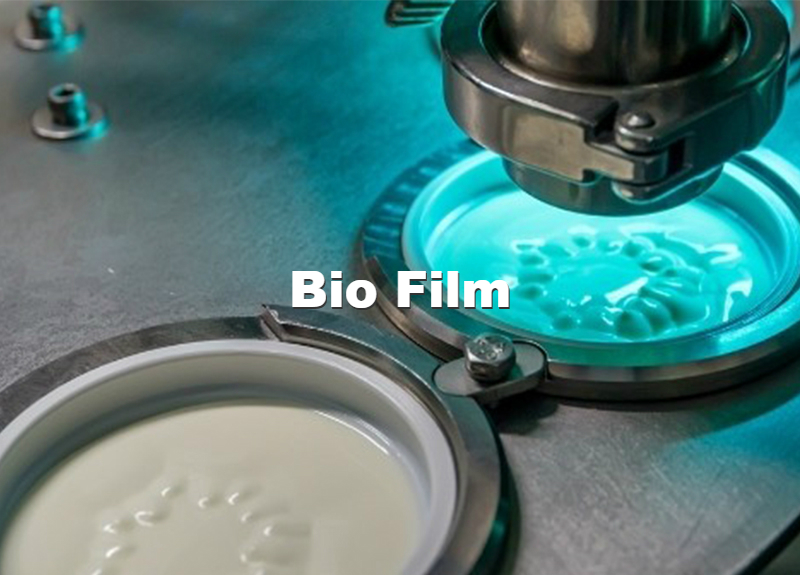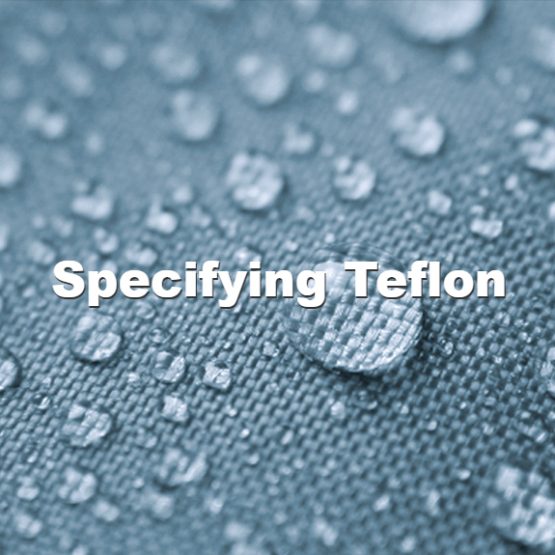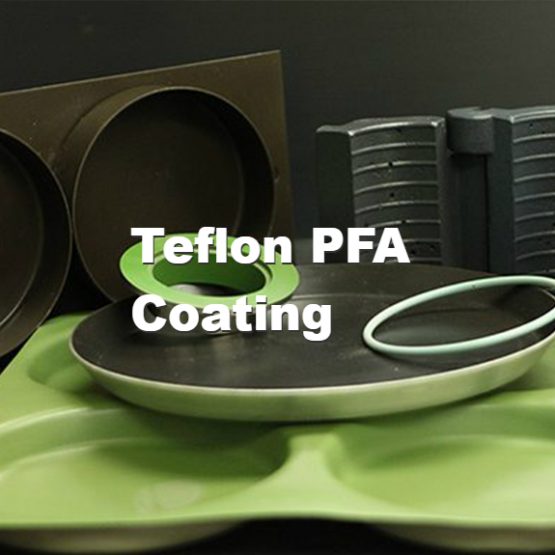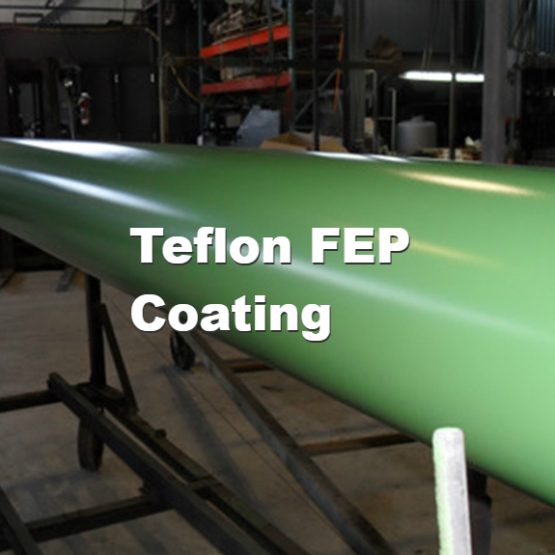Bio Film
Bio Film
SURFACE OF TEFLON® FIGHT BIOFILM BUILD UP
Surfaces of Teflon® resist the onset of biological films because Teflon® is not easily wetted and is not subject to biological or chemical attack. Bacteria are too large to gain a hiding place on the smooth surface of Teflon®. Data reported by the BioProcess Technical Institute, University of Minnesota, shows that accumulated biofilm is far easier to remove from Teflon® than from stainless steel and glass. With easier cleaning, there’s a smaller volume of solution to dispose of, an environmental benefit.
Biofilm Removal, Percent, in Virtually Quiescent Dilute Sodium Hypochlorite [As reported by the BioProcess Technical Institute, University of Minnesota]
|
Commercial Substrate |
K.pneumonia, % |
S.Choleraisuis, % |
E.Coli, % |
|
Stainless Steel (elec. polished) |
67 |
25 |
56 |
|
Polypropylene |
67 |
75 |
75 |
|
Borosilicate Glass |
89 |
0 |
0 |
|
Silicone-Coated Glass |
89 |
89 |
78 |
|
Polyvinylidene Fluoride |
89 |
89 |
89 |
|
Teflon®PFA |
99 |
99 |
98 |
Contact angles in degrees with water show Teflon® is far less wettable than stainless steel or glass.

E.coli and other bacteria are too large to lodge in tiny asperities on smooth, nonreactive surfaces of Teflon® PFA HP.
EMPICO COATING SDN BHD
Source: Blackman, Tassi, Metcalfe
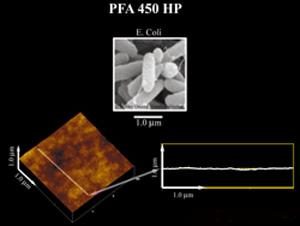 (Profile of the inside surface of Teflon® PFA pipe)
(Profile of the inside surface of Teflon® PFA pipe)
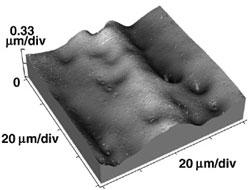
Electropolished (10RA) stainless steel can have pits that harbor biofilm and is much more wettable by aqueous media than Teflon®.
